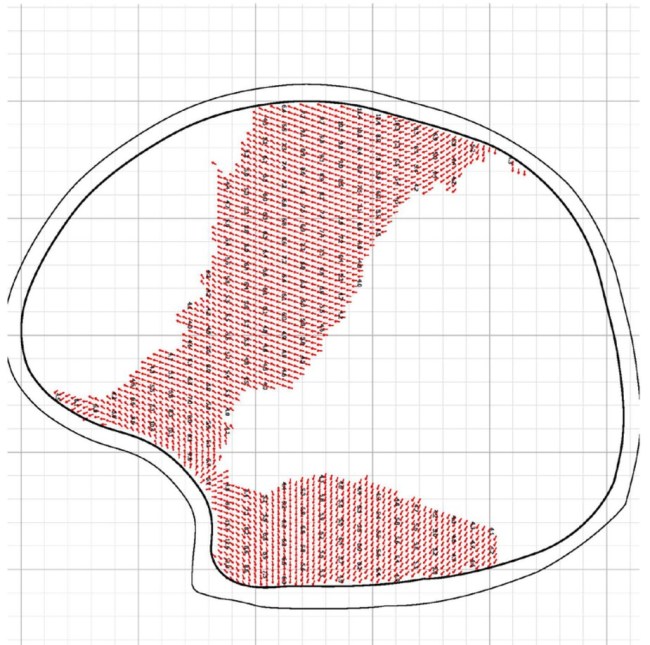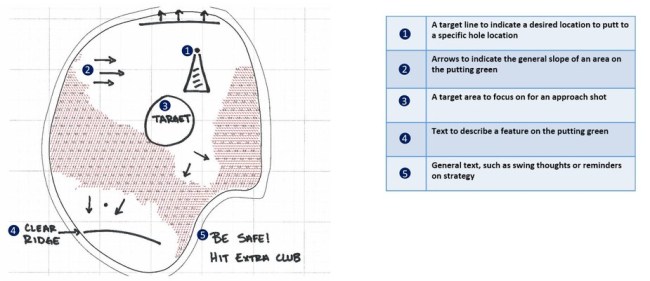
Getty Image

Audio By Carbonatix
Back in the day, a professional golfer would have to eyeball the putting green to get a read on what kind of break he was facing for an upcoming putt.
Today, pros lean very heavily on their highly-detailed green-reading books, many of which include dozens of slope indicators for every five yards of green, to figure out how to hit their next putt.
Needless to say, these green-reading books have taken some of the judgement and skill out of the sport. Something that the USGA and the R&A want to see changed in 2019, reports Golf Digest.
“Reading a putting green is a skill that should be part of the game, it’s traditionally been a skill that’s part of the game,” said Thomas Pagel, Senior Director, Rules of Golf and Amateur Status for the USGA. “You think about architects and the subtleties that they sometimes put into greens, it’s part of the challenge of the game. And these materials were just eliminating that challenge and eliminating the need for skill of a player.”
Under a proposal unveiled on Tuesday, an interpretation of Rule 4.3 (use of equipment) would allow players to still use the materials but would restrict some of the data the materials can provide as well as the materials size.
Specifically, the proposal calls for a “minimum slope indication limit” that would allow green-reading books to continue to use numbers, lines, arrows or other indications to identify slopes on greens, but only in areas of 4 percent slope (2.29 degrees) or greater. Areas where there is less slope on the green than the minimum would remain blank.
The proposal also includes a “maximum scale limit” of 3/8 inch to 5 yards (1:480) to keep the printed material to a pocket-sized publication.

Sample depicting a green map that includes an allowable level of detail that is equal to or greater than 4 percent slope.
“Both the USGA and The R&A are committed to the position that a player’s ability to read their line of play on the putting green is an essential skill that should be retained,” said Pagel. “The focus of the interpretation is to develop an approach that is both effective and enforceable.”
David Rickman, Executive Director – Governance at The R&A, said, “We have looked carefully at the use of these green-reading materials and the extremely detailed information they provide and our view is that they tip the balance too far away from the essential skill and judgment required to read subtle slopes on the greens. It is important to be clear, however, that we still regard the use of yardage books and handwritten notes to be an entirely appropriate part of the game.”

Sample of a traditional yardage book or course guide that includes a basic illustration and indicative information.

Example of the type of general handwritten notes that would be allowed to be included on a green map.